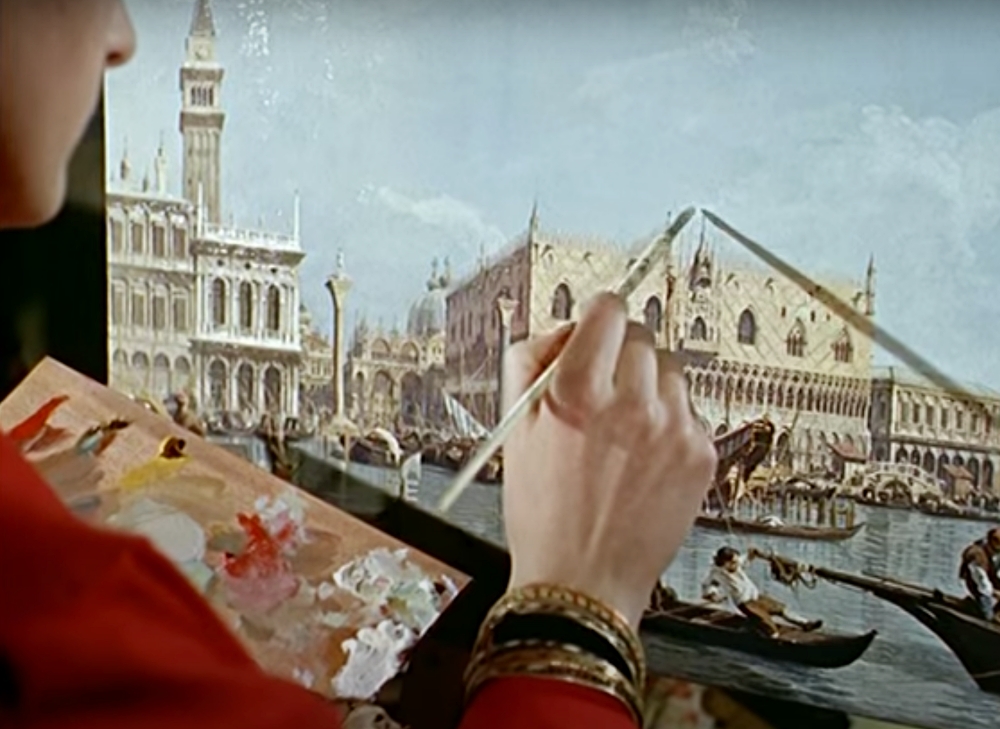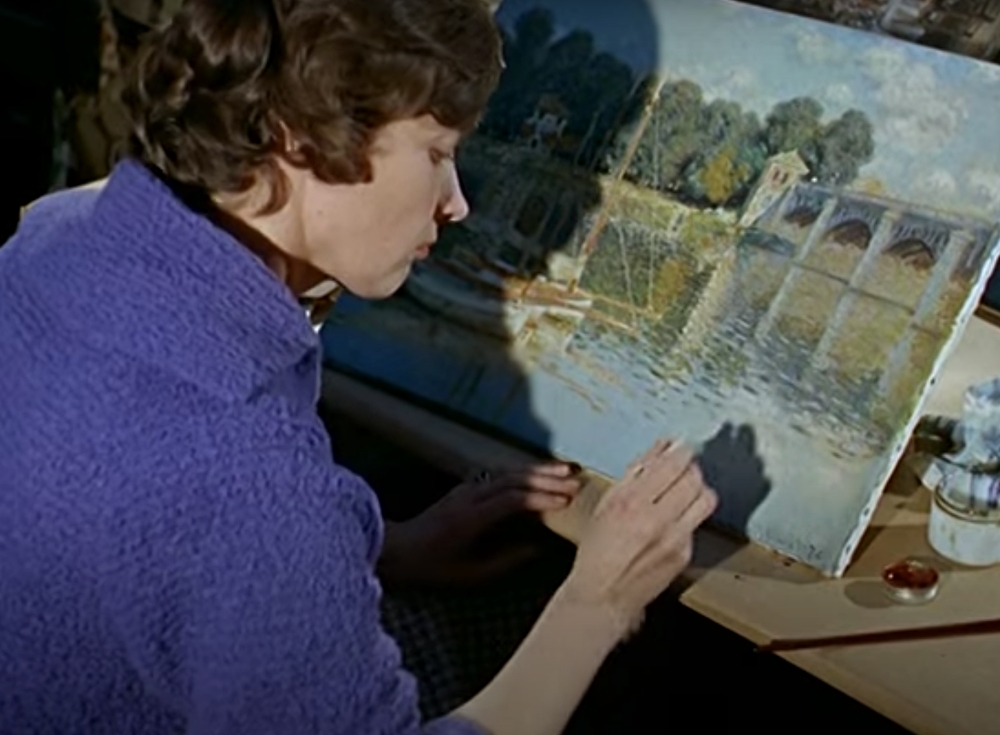Go into most furniture stores today and you’ll probably see a selection of paintings, complete with brushstrokes and all. When one is sold an identical one replaces it on the wall. They look so real, but these are not originals. Instead an image of the art is printed on a stretched canvas and then factory workers paint over the printed images to make it seem as though the whole thing was painted by hand.

In the 1950s and 1960s this technique was most convincingly done with copies of Old Masters’ and Impressionist paintings in oil, then beautifully framed. The procedure was then known as the Fiehl Process, named for Fiehl Art Reproductions in London where the technique was born.

Today’s mass produced paintings are often made with acrylic paints instead of oil, but the concept is exactly the same as the Fiehl Process. It can make telling the real thing from a copy difficult, which is why reproductions of Monet paintings made by Fiehl Art Reproductions in the 1960s were required to have a special stamp next to Monet’s signature so that buyers could easily tell that they were copies.
Have a look at the female factory painters making these reproductions in the the video below from 1963.
SKM: below-content placeholderWhizzco for DOT

